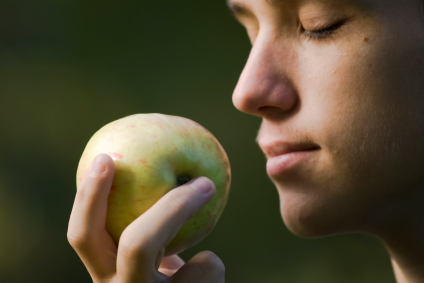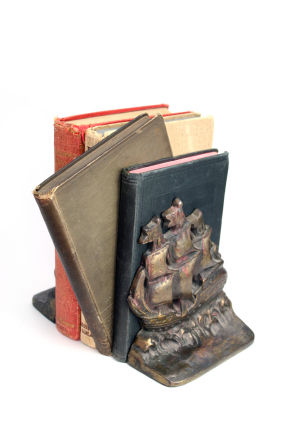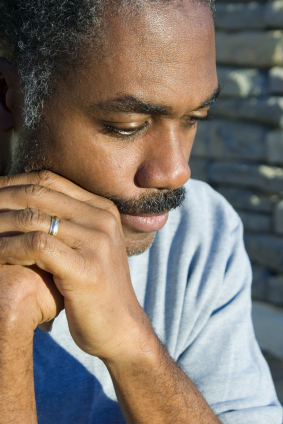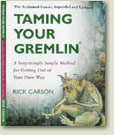Living in the Richness of the Moment – Part 7: Use Questions as Passports
 Got any business questions hanging around?
Got any business questions hanging around?
For many entrepreneurs, unanswered life questions in general cause anxiety — and business questions?…let’s just say “wellness” is not the word I’d use to describe our states of being when we are “wrestling” with an unanswered business question. In this final post of the series, I’d like to explore another perspective about questions.
My client, Wendy (not her real name), once said to me, “Questions are like passports…they take you into new territory.” I don’t think she’s the first one to have ever said it, but since she’s the first one I heard it from, she gets the credit. Anyway, since the first moment I heard those words I’ve recited Wendy’s quote to myself more times than I can count. I do so whenever I consider making changes in my business and I’m stumped by the questions involved.
You know the ones…”should I spend X on marketing? Should I start a blog? Do I hire an assistant? Is this the right course of action this year?”
When I’m surrounded by questions (which is often), can’t find answers (even more often), and have a gnawing sense of unwellness because of it all, I remember the “passport perspective.” I take a breath, employ a few techniques (I’ll share them below), embrace the state of suspense, and am finally able to relax into the unknowing. When I resist, and insist on pushing for an answer before its time, I wind up miserable.
As I said, I’ve got several techniques and inquiries I draw from when traveling in the territory of unanswered questions [Pamela Slim (who writes the phenomenal Escape from Cubicle Nation blog) refers to this turf as “wandering in the desert” in Psychology Today’s December cover story that features her.) Quite often, the techniques and inquiries I use transport me from fears of making a wrong decision or getting stuck “answerless” forever, to a state of acceptance. I have no idea if the same tools will foster “passport travels” with your questions…but give them a whirl and see what happens:
Try this: Take a Question for a Walk Exercise
This coming weekend, consider taking a question out for a walk. Write a question that you are facing on a small piece of paper. Simply notice how you feel about that question in your life. Now, place it in your pocket, put on your favorite walking shoes, and head out the door.As you walk, move briskly and concentrate fully on all that surrounds you. Notice everything. Notice the color of the sky, the feel of the air on your skin, the pebbles on the ground, the shape of the neighbor’s roofline, the sounds coming from your left, the number of telephone poles you pass. Notice it all. Continue doing so for at least 15 minutes and then head for home.
Back at home, take the question from your pocket. Notice how you feel about it at this point. Did something change? Is there another question that now comes forward? Let that question, or the original one, percolate for a few days. Practice the art of what I call in Seven Sacred Attitudes, Being with the Questions.
Try this: Explore these inquiries this week:
• What questions are you living with?
• What would change if you viewed those questions as “passports” to
another phase of your life?
• How will you give gratitude (even for the questions) this month?
• What is it to enjoy the unknowing?
The realm of unknowing is often paved with discomfort. Embracing unanswered questions and learning to relax into the uncertainty is grist for the mill of a daily practice. Wishing you many blessings as you hone your practice.
Table of contents for Living in the Richness of the Moment™
1. Living in the Richness of the Moment: Come to Your Senses
2. Living in the Richness of the Moment: What’s Important?
3. Living in the Richness of the Moment: Slow Down to the Speed of Life
4. Living in the Richness of the Moment: Do Less
5. Living in the Richness of the Moment: Trust the Process of Life
6. Living in the Richness of the Moment: Count Your Entrepreneurial Riches










